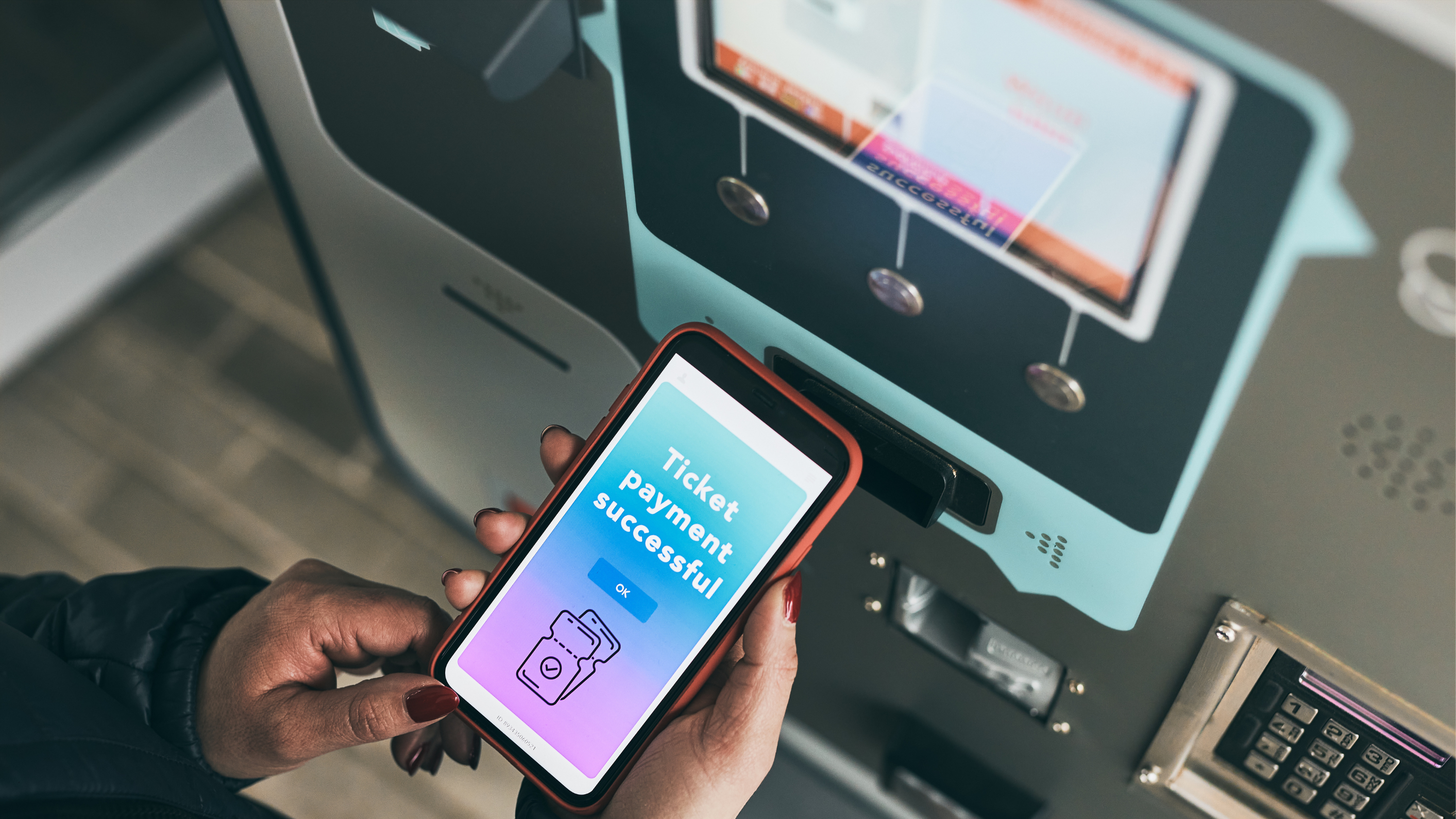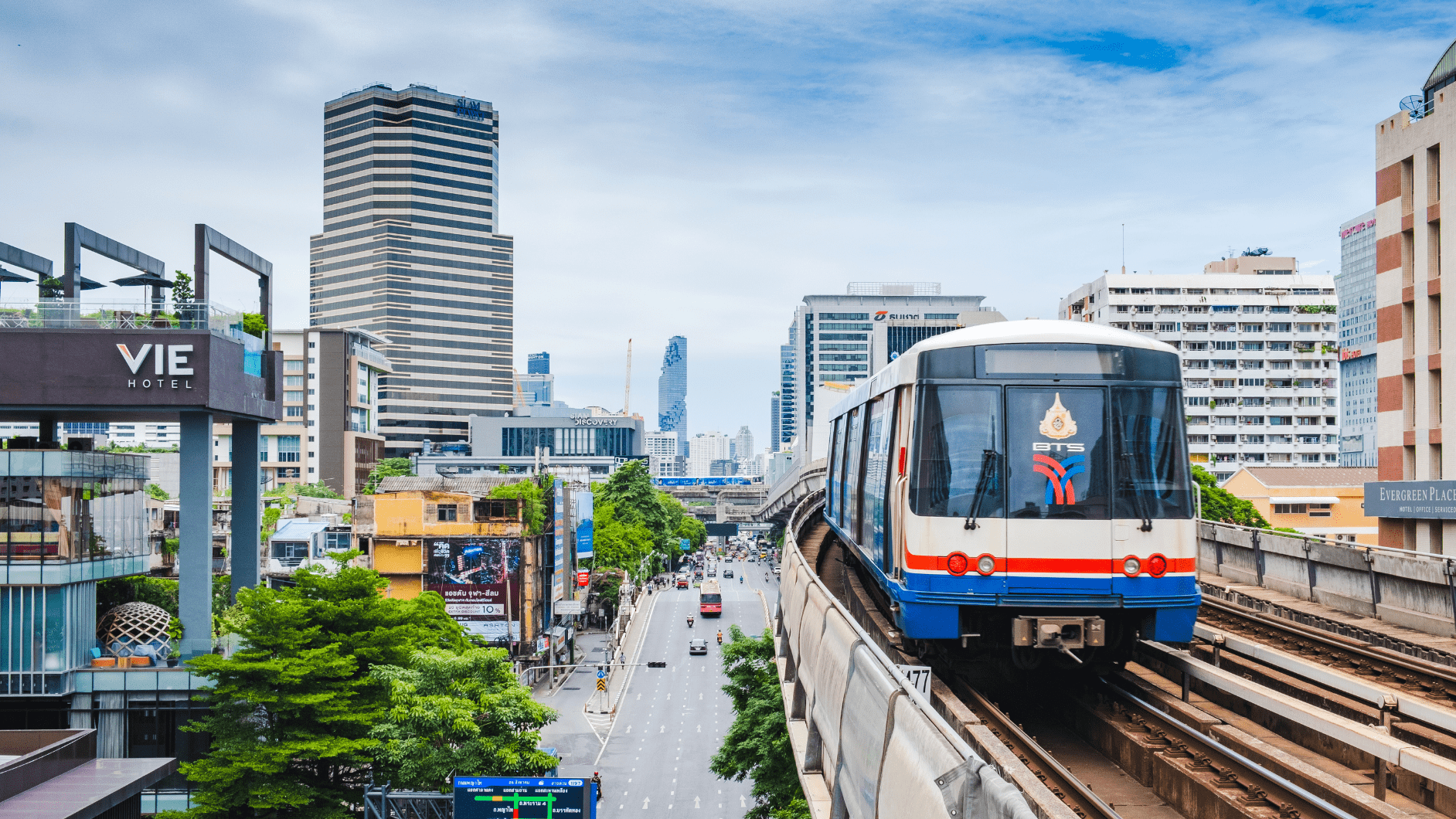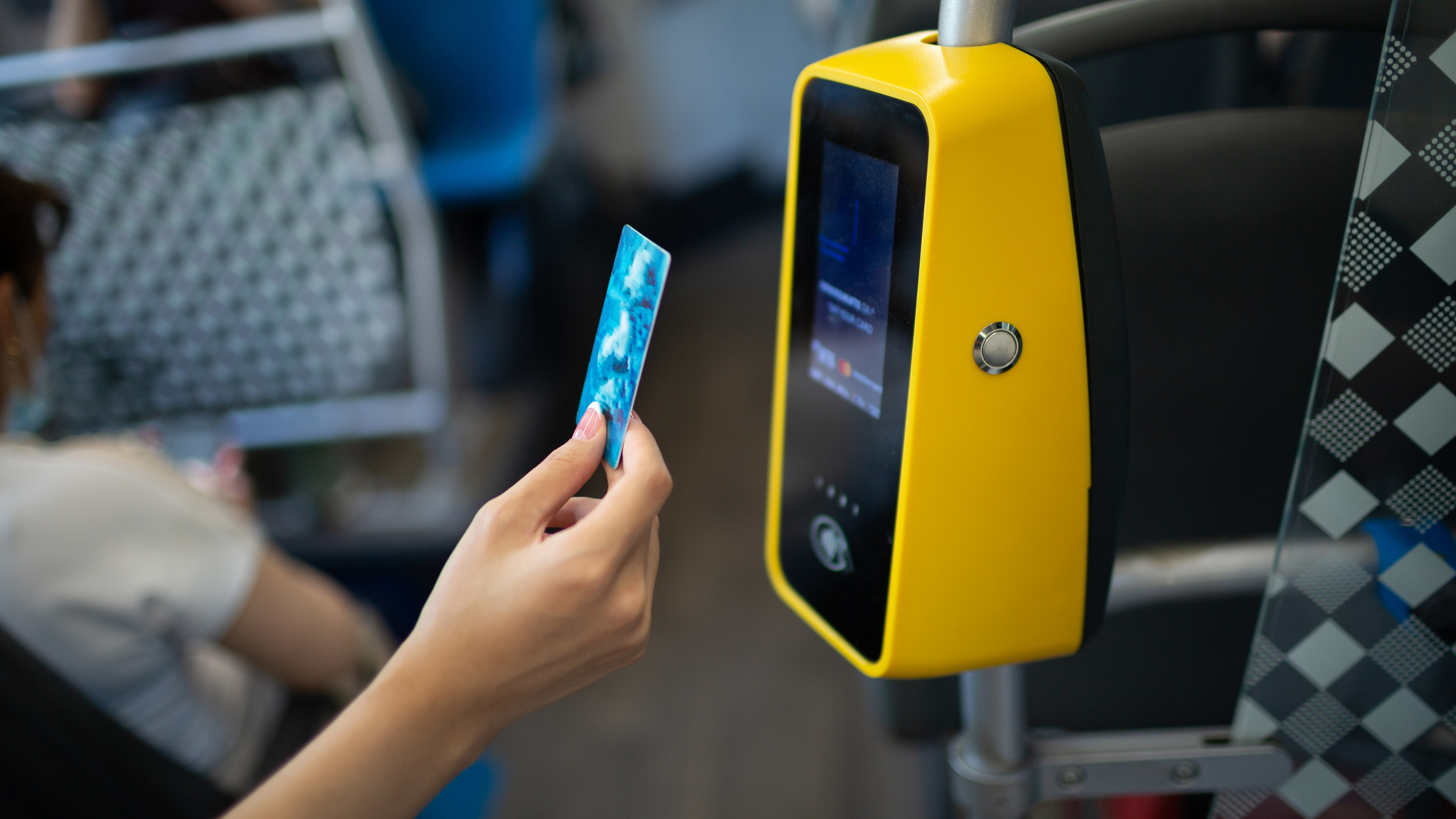How to use data to supercharge your transit ticketing strategy
by Andreea

For public transport agencies, one of the clearest indicators of customer behaviour is the payment data that can be collected from digital payments. Those still reliant on cash are missing out on valuable transaction data that maps out how their services are being used. With contactless EMV ticketing, operators can release new channels of data. This can inform route planning and help them to create a ticketing strategy built around their riders.
Tailor transit services with transaction data
New strategies only succeed when they guide what passengers need, whether it’s improving ticketing structure or creating targeted marketing campaigns to improve adoption of digital payments.
With contactless ticketing technology, operators can track EMV payments made at station gates and on vehicles. This helps them better understand how riders use their networks.
For example, when fare capping system is in place, you can look at the data and see if fare caps are being met. Fare caps can be a powerful incentive for passengers to choose public transport over alternatives like driving. Therefore, finding a sweet spot where the average passenger’s everyday use reaches the caps is important. It’s not enough just to know that caps aren’t being reached. To make strategic changes you also need to know the reason why, and that’s what data provides. If the majority of riders aren’t coming close, then the cap trigger might need adjusting. If a large segment is nearing the cap but not hitting it, they might benefit from more real time information via an app or a push notification to know when they’re close to free travel.
See payment channel data in one place
Even with a contactless ticketing system, passengers can still pay for their travel in a number of ways. They might tap their bank card, their phone or smart watch to pay-as-they-go. Or, if the payment system has Littlepay’s Buy Now, Tap Later feature, a passenger might tap their card at the station gates having paid for travel in advance online.
Usually these channels of payment are handled by different providers. This makes it hard to draw a fully comprehensive picture of how each individual is using the system, and when they prepay versus pay on the fly.
A solution like Littlepay’s can empower operators with omnichannel insight, bringing contactless and mobile channels together in one system. Unique tokenised IDs keep card details secure, while still allowing you to see valuable data such as how the card is being used to travel, what transit modes it’s paying for, and where its journeys start and end.
With omnichannel insight, transit agencies can get an accurate, unified view of rider behaviour. This is vital in helping them to strategically develop services that can improve the passenger experience.
Daily transaction data feeds and weekly reports
The further public transit moves away from cash and closed loop travel cards, the more data operators have to work with. And, with a system like Littlepay, that data is readily available.
The Littlepay merchant portal provides analytics and reporting tools. To drill down to a granular level, richer insight can be provided via daily csv reports.
Littlepay is a modular alternative to building contactless from the ground up. It sits between ticketing tech and financial institutions, offering an adaptable, compliant, open loop solution at minimal upfront cost.
To learn more about the future of contactless payments for public transport, read our seventh blog in the series on how contactless payments can realise the promises Mobility-as-a-Service.
Trending Topics

Nevada County Connects leverages Cal-ITP’s Mobility Marketplace to elevate the payment experience across its bus network

The Monroe County Transportation Authority modernises its fare collection infrastructure using Cal-ITP’s Mobility Marketplace

 Insight
Insight
 Knowledge
Knowledge
 News
News



